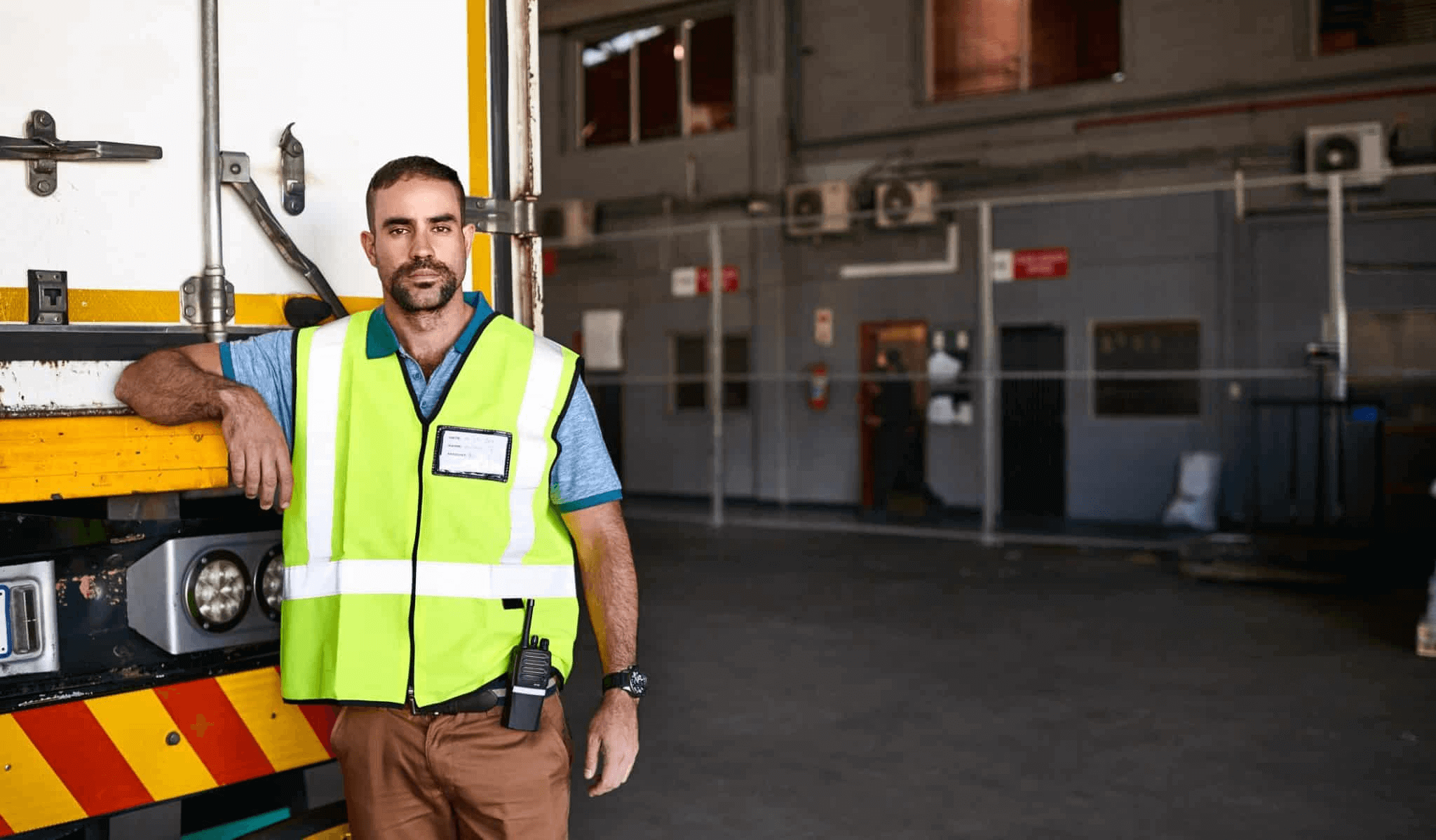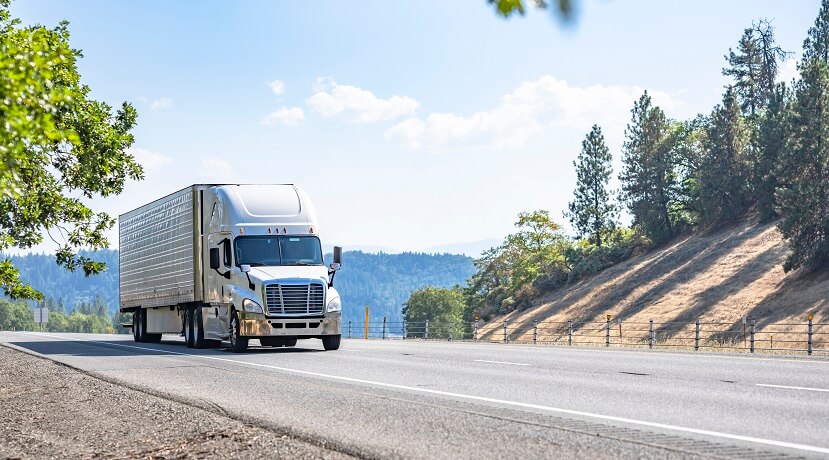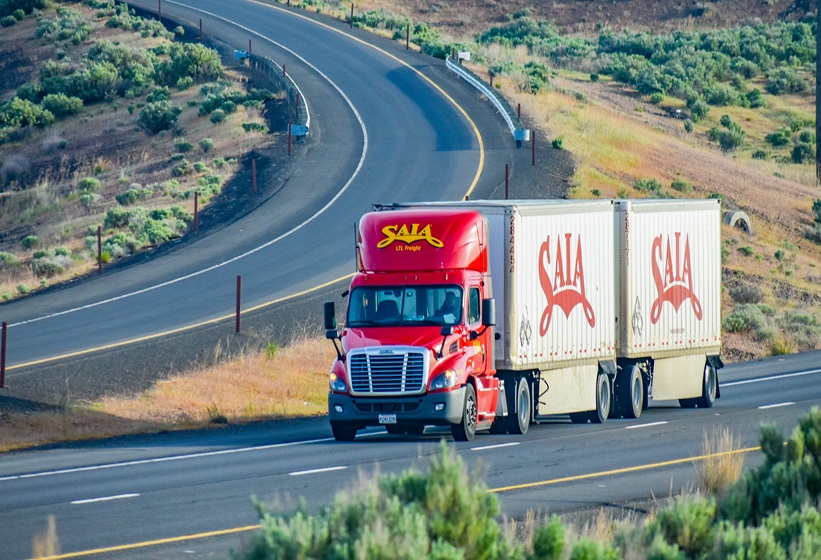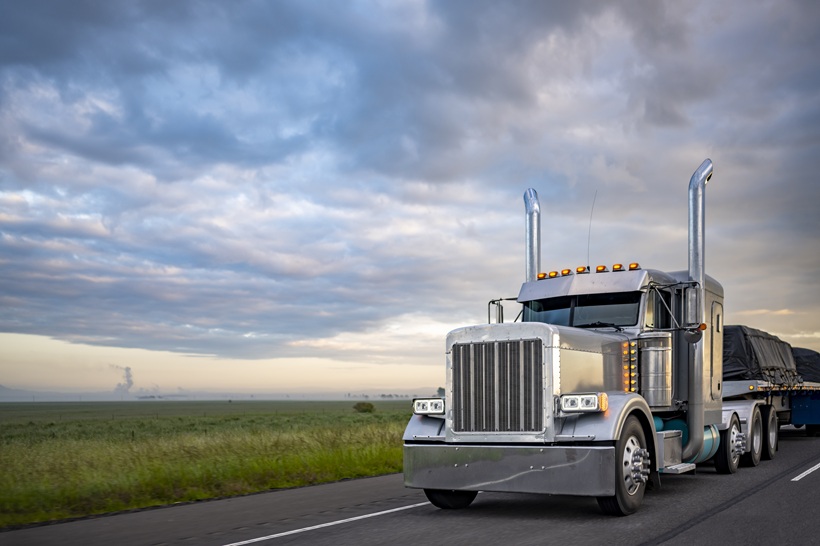
5 Tips to Recruit and Retain Safer and More Efficient Drivers
No other profession claims to be more mobile than over-the-road trucking. Professional drivers often start and end their workdays in different states and have to adapt to unique rules, weather, and traffic conditions along the way.
Rarely does the workday go exactly as planned, adding to drivers’ level of stress and frustration.
Efforts by fleets to improve the job experience for drivers center on mobile technology. A myriad of apps are designed to help fleets recruit, train, and keep drivers engaged to ultimately retain those who are the most efficient and safe.
Mobile technology has certainly improved the driver experience, but many opportunities remain to make work easier and lessen the friction points in this very demanding vocation.
Having experimented with different options, fleets are discovering what separates the best mobile solutions from the middle of the pack. In the upper echelon of mobile solutions are those with a proven track record of making a positive impact on driver safety, productivity, and job satisfaction.
Some common factors in the best-of-breed solutions are timely, accurate reporting and intelligent workflows. Technology is just a means to an end, however. Drivers still want to know they work for people who have their best interests in mind.
Drivers still need a human touch, such as phone calls from fleet managers that know how to connect on a personal level. The same technology that keeps drivers connected to business systems should free up office staff to make important human connections.
By the same token, technology that helps a driver plan the workday from start to end will help the office facilitate positive conversations. On average, a driver’s day consists of more than 140 work-related tasks. Most, if not all, of these tasks can be planned and communicated to drivers in advance through a driver-friendly platform that requires minimal skill to use.
Dispatch information, for example, can arrive on a truck-based tablet or personal mobile device. Drivers can enter a truck stop knowing which fuel lane is likely to clear first, request fuel authorization, reserve a shower, receive CAT scale authorization, and request a pay advance — all from the same platform.
Almost every mobile app provider claims they do this, but actual experience by fleets and drivers proves that many fall short on their promises. To find a solution that actually delivers, consider using these 5 criteria to narrow the list of contenders.
Five keys to achieve an all-in-one driver mobile solution:
- Product has functions that align with your desired solution set
- Review your current processes to determine if they meet your expectations.
- Define the desired outcomes. You can’t expect to get them all in the first pass, but you will have a roadmap
- Interoperability and integration
- No single company or solution is likely to provide every function you require.
- Interoperability is a must, however. Ask selected vendors how they integrate with complimentary systems and expect simple answers.
- Driver adoption
- In addition to the above:
- If it doesn’t do most of what’s needed, drivers won’t use it.
- If it doesn’t play well with other apps, they won’t use it.
- If it isn’t simple and doesn’t make their life better, they won’t use it.
- Have some drivers, operations and safety personnel test the proposed solution.
- Look at industry adoption: how many active monthly users? What are its reviews and ratings?
- Tip: 5,000 users isn’t much and an average 3-star rating is not enough.
- In addition to the above:
- Test
- Once you narrow the field to one or two, develop a simple but comprehensive plan for testing.
- Pro-tip: the best providers will present you with a plan for testing, not simply send you some hardware and check back with you in 3 months.
- Define your success criteria based on answers in #1.
- Measure the solution against that criterion and any new ones you develop along the way.
- Implement intelligently
- Plan and execute your implementation.
- Pro-tip: the best providers will work with you to establish an intelligent plan to ensure success.
To help facilitate research on what drivers want from carriers (in terms of technology to simplify workflows and create higher levels of safety, performance, and loyalty) be sure to tune into an upcoming webinar by Transflo on Thursday, August 5 at 2:00pm EST.




